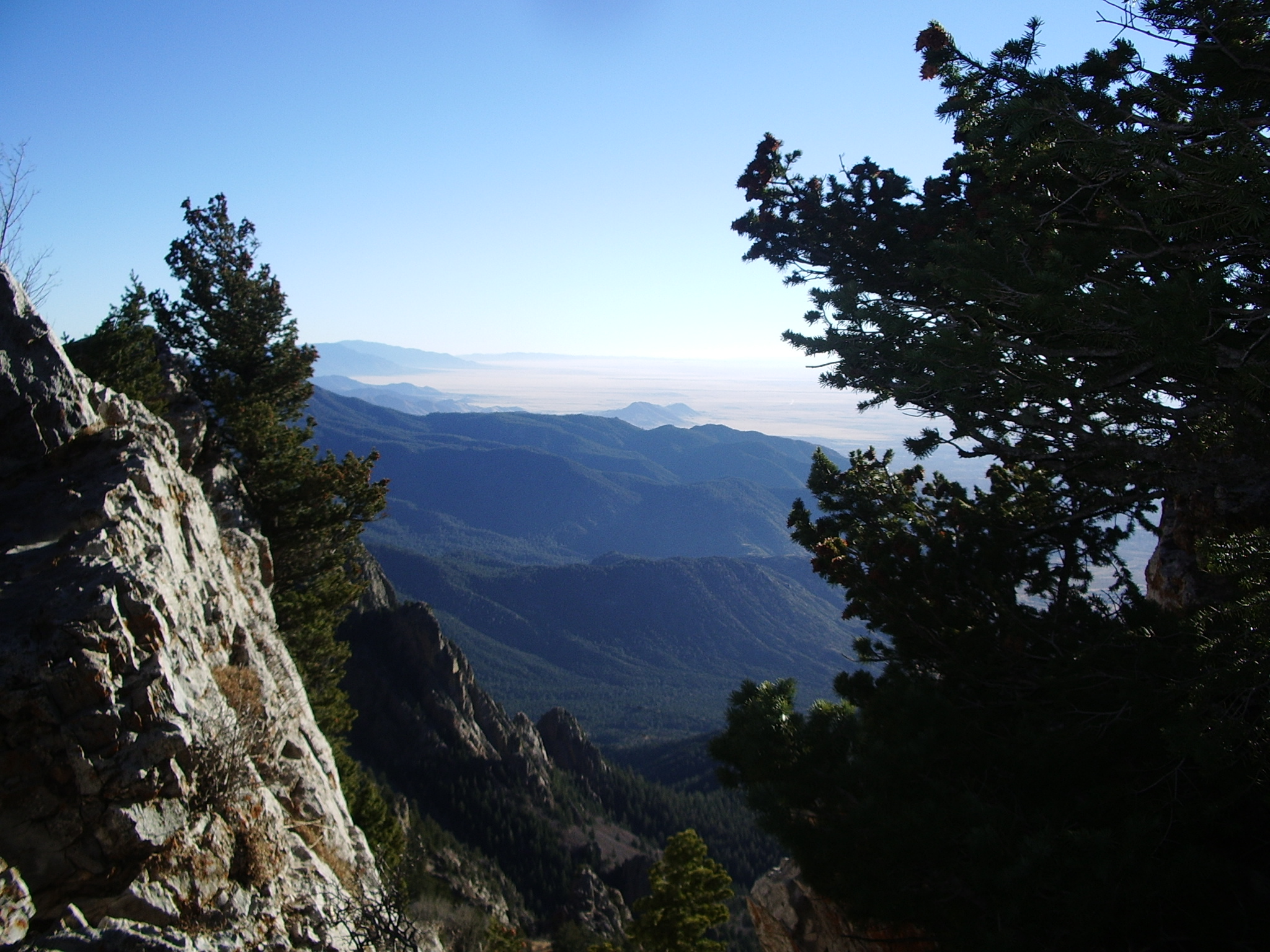It is extremely difficult to earn a PhD in Engineering. While PhDs in other disciplines read hundreds of books, perform research and author and verbally defend dissertations, engineering is still a cut above and a category apart from other fields. To earn a PhD in engineering most often means not only the above, but additionally four to five years in graduate school, along with complicated research and most often computer modeling. A typical PhD candidate might write the source code, debug and validate a computer code consisting of 100,000 lines of FORTRAN and/or C++ for the purpose of modeling some esoteric problem that possibly only he and his thesis advisor knows about and understands. The investment in time and resources (monetary) often create circumstances in which it is not worthwhile for U.S. students to go this far with their education. The pay that a BS or MS graduate in engineering can earn over four or five years, modified by the time value of money, has decreased the number of students in the U.S. seeking advanced degrees in engineering. Of course, this creates the need for other PhD candidates to fill the gap in order to keep programs open.
Enter the foreign student. It has for some time been recognized that foreign students are comprising an increasing fraction of the PhD students in U.S. universities. In fact, universities themselves are aware of the problem and know that it is important, along with the U.S. government, to track such students and be aware of their intentions (will they stay in the U.S. or return to their homeland?). The “sensitive” disciplines are: nuclear technology, cyberterrorism, chemical and explosives technology (munitions), and biological terrorism, with nuclear technology being the most sensitive.
But this alleged knowledge of who is earning advanced degrees in the U.S. has not held in abatement the increasing number of foreign students in sensitive disciplines, many from surprising countries. According to a study entitled “The Importance of Foreign Ph.D. Students to U.S. Science,” the authors point out that concerning the sensitive fields of nuclear and organic chemistry, chemical and nuclear engineering, bacteriology, biochemistry, biotechnology research, microbiology and neuroscience, and atomic, chemical, molecular and nuclear physics, approximately 10% of the degrees awarded in these areas were awarded to students from 26 countries that are on the State Department “watch” list as being state sponsors of terrorism, including Iran, Turkey, Pakistan, Malaysia, Egypt and Jordan.
Jordan is ostensibly an ally in the global war on terror. In fact, the newly released “Militant Ideology Atlas” from the Combating Terrorism Center at West Point notes that the most influential jihadist cleric in the world today, al-Maqdisi, resides in Jordan. Also, we have covered the Iranian push for nuclear weapons technology. In further demonstration of the Iranian duplicity in claiming that the pursuit of nuclear technology is for peaceful purposes, CNN, the Telegraph, UPI and the Strategy Page are all covering the Iranian weapons exchange for Somalian uranium that was recently exposed by the IAEA.
Development in U.S. nuclear forensics technology includes, in part, signature methods to ascertain the origin and history of radioactive materials. For example, materials irradiated in reactors have trace constituents that are informative of the original target composition, reactor type and irradiation history.
For my readers who have written before to complain that the prose on this web site that “issues forth from my pen” (e.g., concerning snipers) informs the enemy of our weaknesses and vulnerabilities, they should consider the fact that (in this instance) Iran already knows U.S. vulnerabilities and forensic capabilities, and is attempting to exploit them by purchasing uranium from Somalia. In the future, when a nuclear device explodes in a U.S. city or somewhere in the Middle East, presumably Israel, if the uranium was deemed to be originally from Somalia, Iran has a alibi, or at least, so they think.
Pointing out U.S. vulnerabilities is the honest thing to do, and ignoring them the dangerous and unethical thing. Henceforth, when we observe developments in nuclear technology, chemical and biological warfare capabilities, and the other myriad things that can cause mass injury and death to American citizens, we should keep in the forefront of our thinking: “The U.S. has possibly aided the enemy by training him to kill us.”





